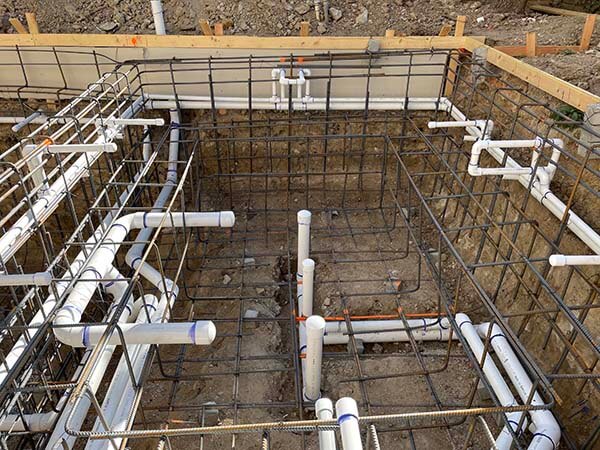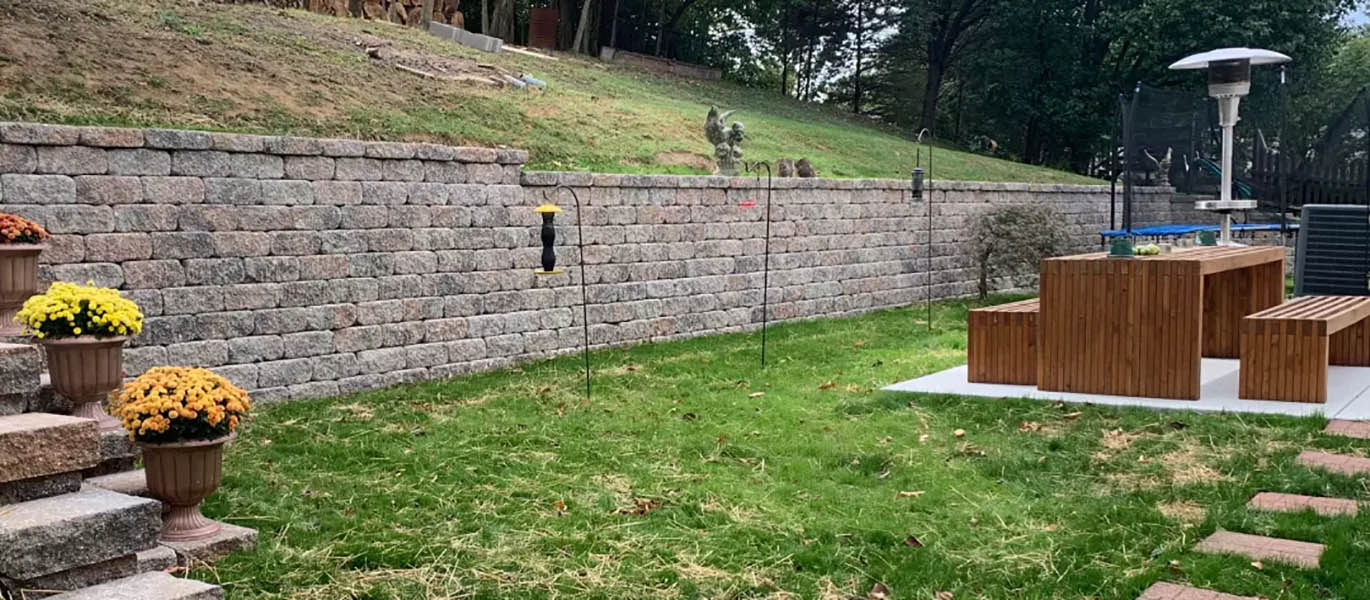When it comes to designing and constructing buildings, ensuring structural integrity is of paramount importance. A structurally sound building not only provides safety and security to its occupants but also withstands the test of time and environmental forces. This is where the role of structural engineering comes into play. In this blog, we’ll delve into the importance of structural engineering and how it ensures the strength and stability of our built environment.
- Designing for Safety: Structural engineers are responsible for designing buildings and infrastructure that can withstand various loads and forces, such as gravity, wind, earthquakes, and snow. They analyze the structural components and systems, ensuring that they are capable of safely supporting the intended loads throughout the building’s lifespan. By considering all potential risks and factors, structural engineers help create structures that prioritize the safety and well-being of occupants.
- Load Distribution and Structural Efficiency: Structural engineers play a crucial role in determining how loads are distributed within a building. They carefully analyze and calculate the distribution of forces to ensure that they are appropriately transferred through the various structural elements. This includes designing load-bearing walls, beams, columns, and foundations that efficiently distribute loads to prevent overloading and potential structural failure. By optimizing load distribution, structural engineers create efficient and cost-effective building designs.
- Mitigating Environmental Forces: Buildings face a wide range of environmental forces, such as wind, earthquakes, floods, and even temperature fluctuations. Structural engineers consider these factors during the design process, employing techniques and strategies to mitigate their impact. They incorporate measures like lateral bracing systems, flexible building materials, and reinforcement mechanisms to improve a structure’s resilience and ability to withstand external forces. This proactive approach ensures that buildings are better equipped to handle adverse environmental conditions.
- Compliance with Building Codes and Regulations: Structural engineering is guided by strict building codes and regulations, which vary by region and are designed to ensure the safety and performance of structures. Structural engineers have an in-depth understanding of these codes and regulations and work closely with architects, contractors, and other professionals to ensure compliance. By adhering to these standards, structural engineers guarantee that the building is constructed to meet the required safety standards, minimizing risks and potential hazards.
- Adaptation to Future Needs: Structural engineering also takes into account the future needs and possibilities of a building. Engineers anticipate potential changes in use, occupancy, or modifications that may occur over time. By designing with flexibility in mind, they ensure that structures can adapt to these changes without compromising their integrity. This forward-thinking approach saves time and costs associated with future renovations or expansions.
- Innovations in Structural Engineering: Advancements in technology and engineering practices continue to shape the field of structural engineering. From the use of advanced modeling software to the integration of sustainable and eco-friendly materials, innovations are revolutionizing how structures are designed and constructed. Structural engineers are at the forefront of implementing these innovations, resulting in more efficient, durable, and sustainable buildings.
In conclusion, structural engineering plays a vital role in ensuring the structural integrity, safety, and longevity of our built environment. By considering factors such as safety, load distribution, environmental forces, compliance with regulations, and future adaptability, structural engineers contribute to the creation of strong, resilient, and sustainable structures. Their expertise and dedication help shape the world we live in, providing us with buildings that we can trust and rely on for years to come.





No comment